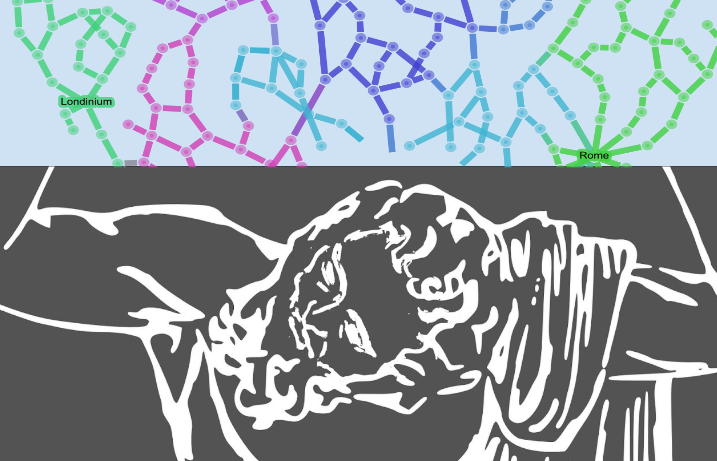You are viewing entries marked 'Projects'.
“To treat such objects only as tools, and implicitly capable only of providing that which they were designed to provide, undercuts the possibilities of advancing the use of models and modeling in the humanities.”
(Read more)

There are, broadly speaking, four expressions of digital humanities scholarship: research utilizing digital objects, tools, and methods; the publication of the products of that research; the creation, extension, and annotation of digital archives; and the development or improvement of digital tools.
(Read more)
ORBIS is self-defined as a historical transportation network model of the Roman world, but while it is fundamentally a computational model, it is also part of a genre of objects that could be referred to as interactive scholarly works, and so in explaining how to use ORBIS it becomes necessary to also engage with interactive scholarly works in general.
(Read more)
The French Book Trade in Enlightenment Europe (FBTEE) database maps the trade of the Société Typographique de Neuchâtel (STN), a celebrated Swiss publishing house that operated between 1769 and 1794. The database was published online on June 25, 2012 and is available here.
(Read more)
Should the famous Société typographique de Neuchâtel (1769-1794) (STN) be viewed as a typical and representative ‘European’ publisher-bookseller, a ‘print shop across the border’ that offered the latest product of the mud-raking underground to the French market, or a provincial, peripheral, and Swiss-focused distraction?
(Read more)

